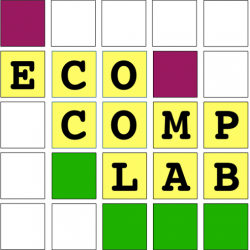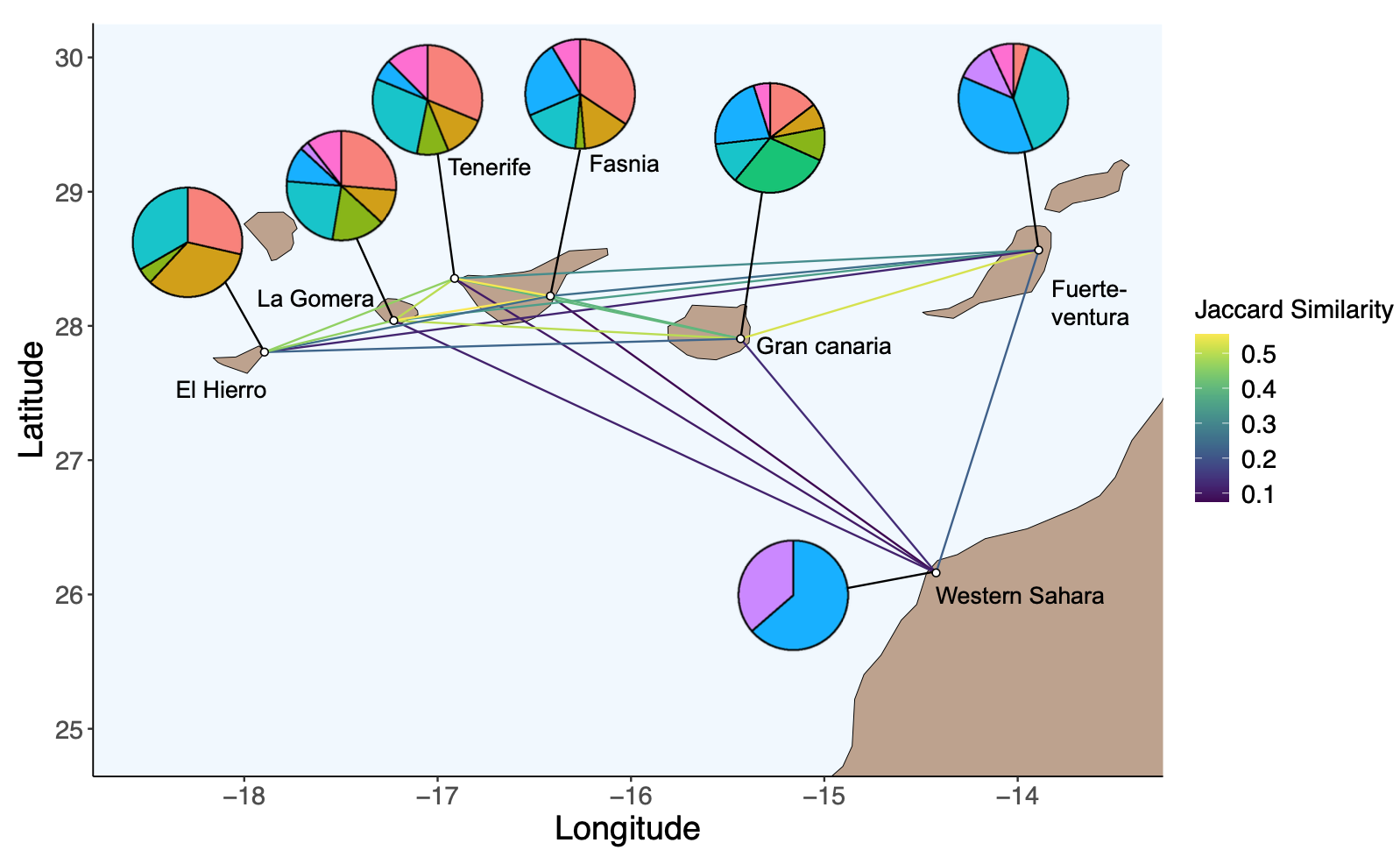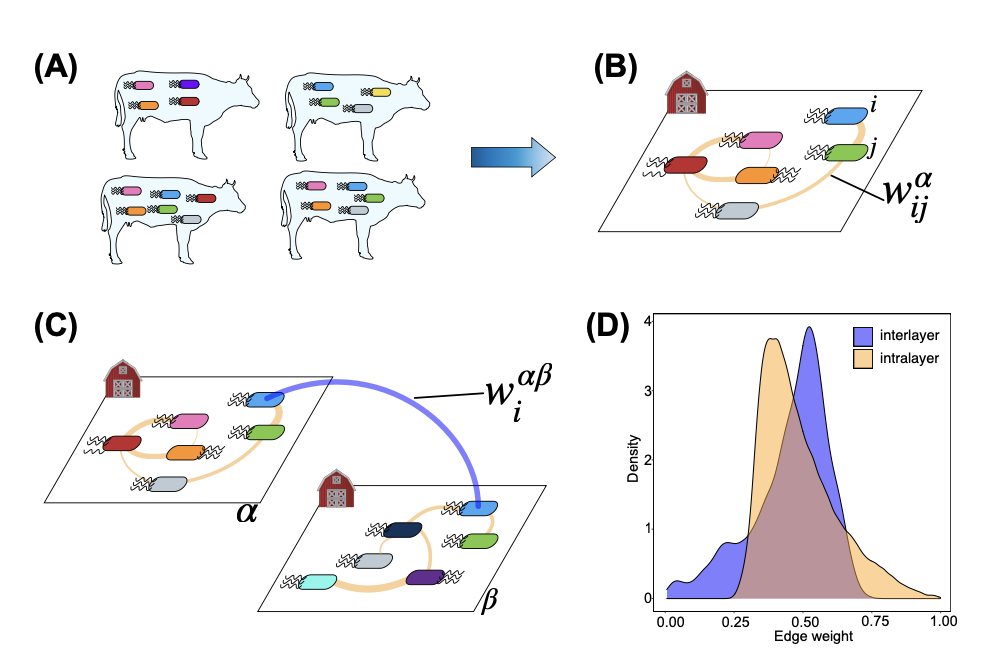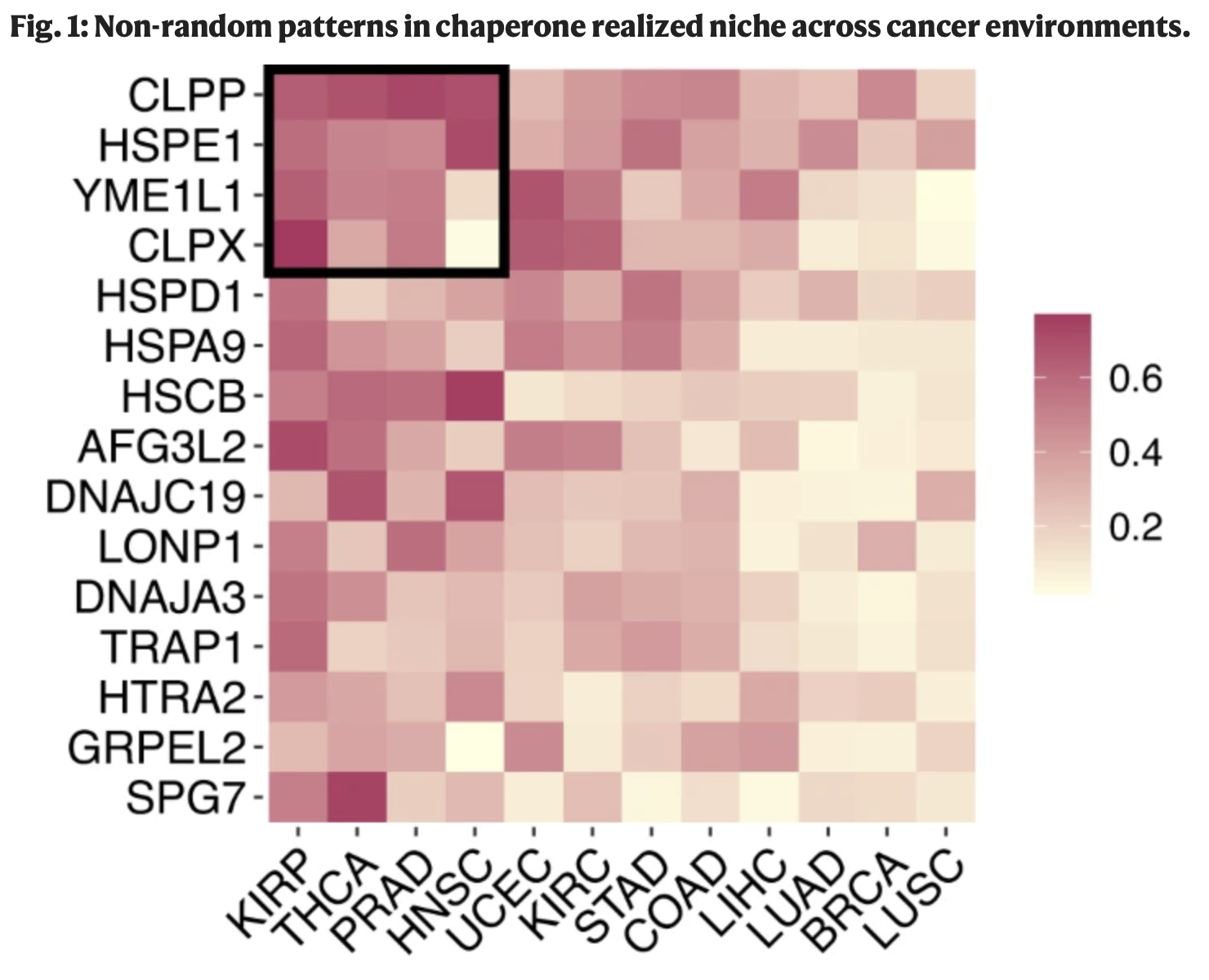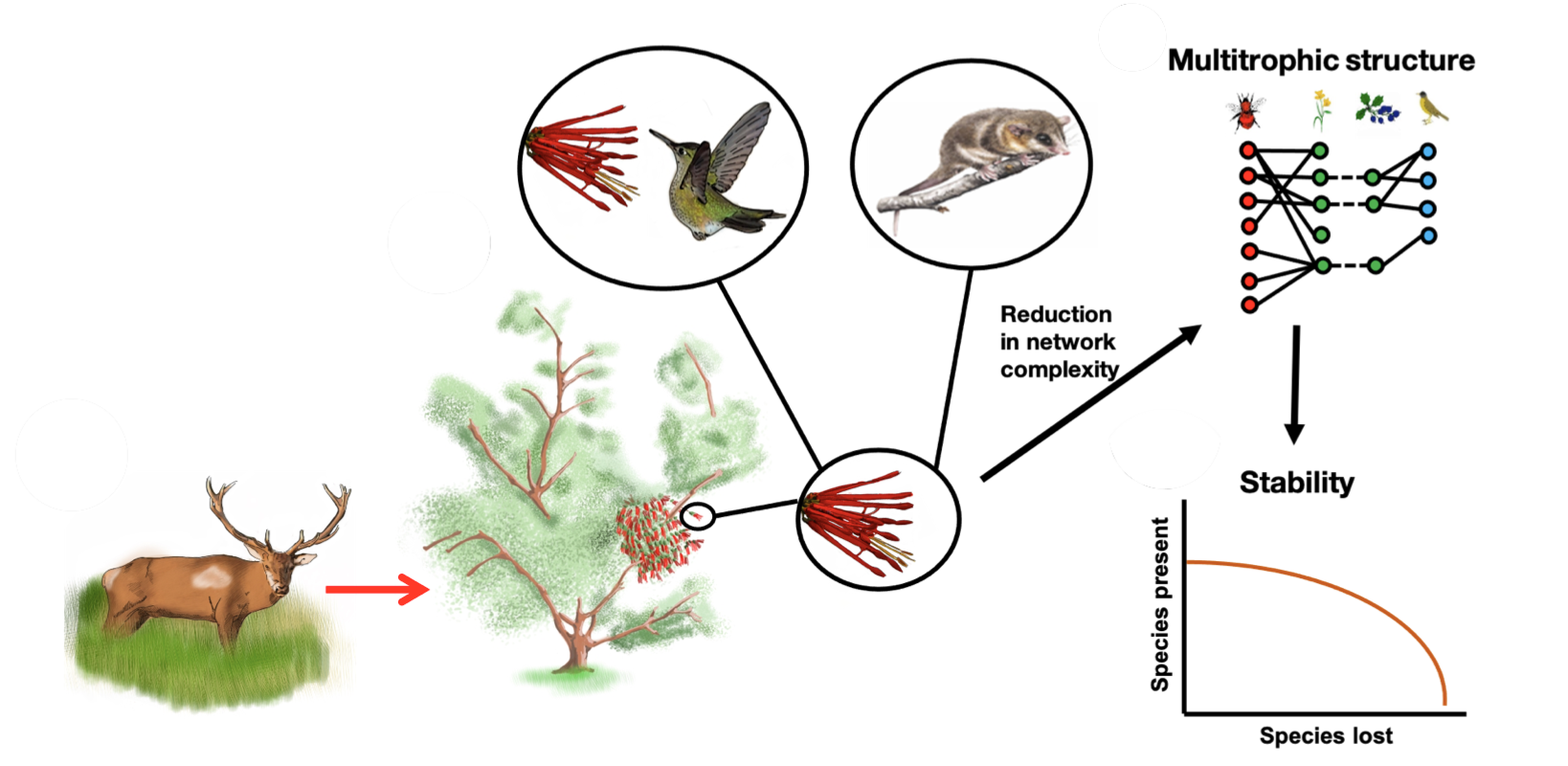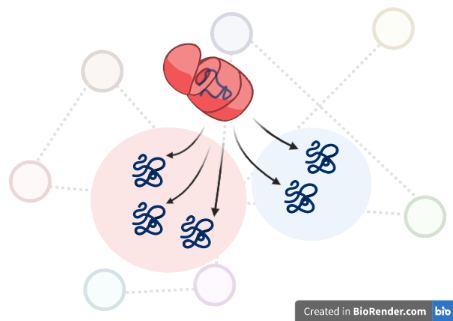Our latest preprint, published on November 21, 2023, in EcoEvoRxiv, explores the intricate spatial dynamics of plant-pollinator communities across the Canary Islands. Using a unique multilayer network approach, we reveal how community structures evolve with geographical distance on a regional scale. Our findings highlight the important influence of local and regional processes in shaping these patterns.
The study provides a general framework for linking communities in space using multilayer networks and can be applied to other systems beyond plant-pollinator networks. You can access the full preprint here.

